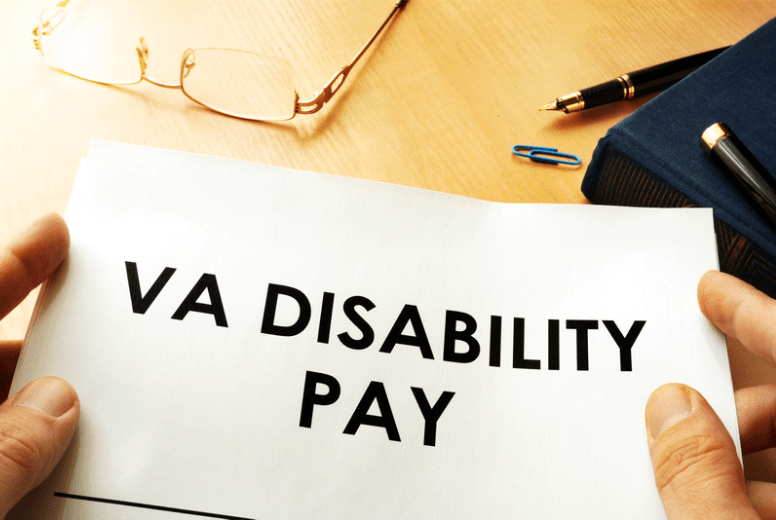 Turner v. Shulkin has made a significant impact on pending claims. Read about how it could lead to a greater pay out below.
Turner v. Shulkin has made a significant impact on pending claims. Read about how it could lead to a greater pay out below.
In the VA claims process, the term “new and material” commonly describes the type of evidence needed to reopen a previous claim that the regional office has already fully decided. What is less commonly known, is that when used during an ongoing appeal period, new and material evidence can force the regional office to reconsider their decision. Under VA regulations, when the regional office receives new and material evidence after making a decision, but before the appeal period has ended, the regional office must consider the new evidence as though the veteran submitted the evidence with the original claim.
Essentially, submitting new and material evidence forces the regional office to reconsider their previous decision and consider the newly submitted evidence. This is important because it can have a very significant impact on the effective date of a VA award, and the amount of backpay that the veteran receives with an award.
But, what does it mean to “receive” new evidence? Must the veteran actively submit the evidence to the regional office? Is the new evidence considered “received” when a veteran’s VA doctor makes a determination that could materially impact the veteran’s disability claim? After all, shouldn’t the regional office know when the VA internally generates new evidence? Or, is the veteran required to send the evidence to the regional office and ensure that the regional office incorporates the new evidence in their claims file?
Enter the Court of Veterans Appeals (CAVC) in Turner v. Shulkin. In an opinion written by Judge Allen, the CAVC concluded that the regional office has “constructively received” new and material evidence when it has knowledge of the creation of new VA treatment records that are not in the veteran’s claims file and could materially affect the underlying claim.
In simpler terms, when the VA creates evidence and the regional office knows of the evidence, the regional office has constructively received that evidence. The evidence does not need to be in the veteran’s claims file within the appeal period. Again, the significance of this can’t be understated. This rule could lead to an earlier effective date for benefits than would otherwise be available, and a larger award.

How to Calculate Your VA Disability Back Pay
How to Calculate Your VA Disability Back Pay The VA disability claims process isn't quick. The VA...

Chapter 31 (VR&E) and What You Need to Know about Your Disability Benefits
Chapter 31 (VR&E) and What You Need to Know about Your Benefits Monthly monetary benefits and...

How to Speed Up Your VA Disability Claim
How to Speed Up Your VA Disability Claim The VA says that in January of 2024, the average time for...





